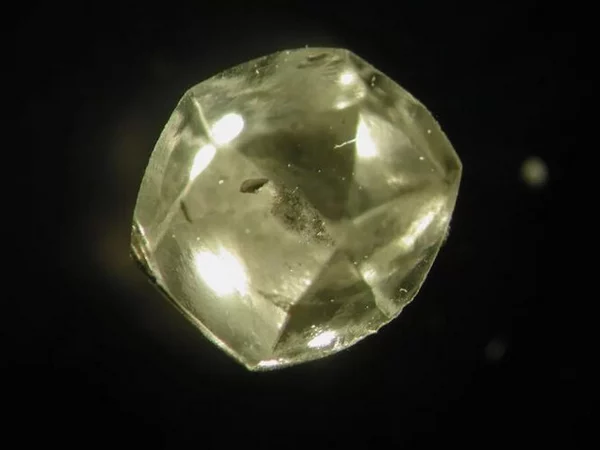
After analyzing diamonds, scientists identified three different periods of their formation in Africa over the past few billion years, which had interesting consequences for the history of our planet.
No matter how beautiful the diamond in your ring or necklace is, it is extremely boring from a geological point of view. This is due to the fact that jewelry-quality diamonds, which are so valued in the modern industry, should be as pure as possible, that is, they should not have "inclusions" of other elements.
But it is these inclusions that are of greatest interest to geologists. Analysis of such impurities can tell scientists a lot about the age of a diamond, as well as the environment and conditions in which it was formed. Solid inclusions are most often analyzed, but with their help it is not always possible to obtain completely accurate dates of geological processes. All because these minerals could have formed long before the diamond encased them, or, on the contrary, appeared much later.
So, for the study, geologists from Columbia University studied liquid inclusions that should give a more reliable time frame. The small pockets contain the carbon-rich liquid from which the diamond itself originally formed.
The team measured the levels of thorium and uranium in the liquid inclusions of 10 diamonds and analyzed the ratio of these radioactive elements to the helium-4 produced during decay. The scientists also tested how quickly helium molecules can escape from diamond, which would affect the ratio. Fortunately, it turned out that it is not easy for them to escape from their precious captivity.
Based on the analysis, the researchers identified three separate periods of diamond formation, characterized by completely different chemical compositions. The earliest period dates from 2,6 to 700 million years ago and is represented by inclusions rich in carbonate minerals. Around this same time, huge mountain ranges apparently formed on the surface, but researchers are not sure if this is a coincidence or if these events are really connected to each other.

The second period spans 550-300 million years ago, with high-silica inclusions. And the third period, between 130 and 85 million years ago, shows a completely different composition - this time liquids with a high content of salt compounds of sodium and potassium prevail. According to the researchers, this indicates a shift in the source of carbon, as diamonds increasingly formed from areas of the seabed that went deep underground as a result of geological activity.
The researchers note that it was at the end of the last period that huge kimberlite eruptions brought all these diamonds to the surface. The result was a deposit that became the De Beers diamond mine in South Africa.
Surprisingly, one of the diamonds the team examined contained fluids from both the oldest and youngest periods. This suggests that old diamonds can continue to grow new layers over vast periods of time.


 858
858












